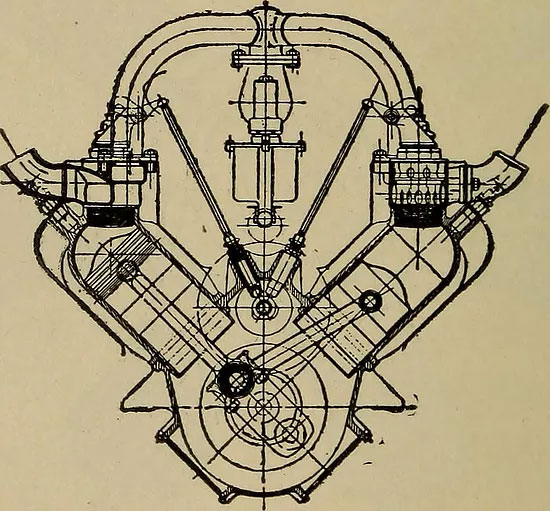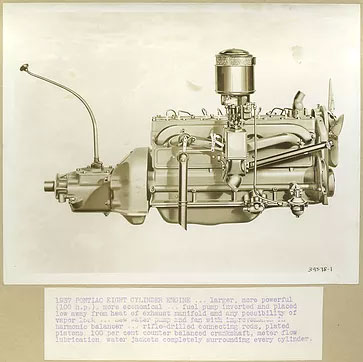It’s easy to forget the extraordinary amount of power hidden under the hood of your car. Every day, your vehicle transports you, and it’s two ton self, tens of thousands of feet in just a handful of minutes—and it does it all with just gasoline and your engine! Here’s how the two come together to power the world.
The process of converting gasoline into motion is called “internal combustion.” Engines that work through internal combustion rely on a series of controlled miniature explosions to create energy. These explosions take place in the tight, enclosed space of the engine’s piston, which then harnesses the energy and propels your car. Your vehicle creates hundreds of these explosions a minute!
These small explosions force the pistons to move, and just as one burst ends, another begins, keeping the wheels rolling. Internal combustion engines use a four stage cycle: intake, compression, combustion, and exhaust.
Intake:
The cycle begins with the intake. In the first phase, your engine’s intake valve opens, and the piston moves down. This stage draws air and gasoline into the engine and prepares it for compression.
Compression:
At the start of the compression stage, the intake valves closes and the piston moves up, squeezing the gas and air into a more compact space. This smaller space creates more pressure, and a more powerful explosion!
Combustion:
If you ever wondered what a spark plug does—once the air and gasoline are compacted into a small space, a spark from the plug ignites them both, unleashing the power hidden in the fuel. The force from the explosion pushes the piston back down to its starting point.
Exhaust:
In the final part of the cycle, the exhaust valve opens to expel the carbon-monoxide created from the explosion. The gas moves from the engine, through to the catalytic converter where it’s cleaned, then through the muffler to the tailpipe.
So next time you hop in your car to see a performance at the Jansen Art Center, take a second to appreciate how much is going on under the hood every second to get you there! You’re riding on a series of well-timed explosions.
Now that you know how an engine works, read our latest blog for simple car maintenance tips.




